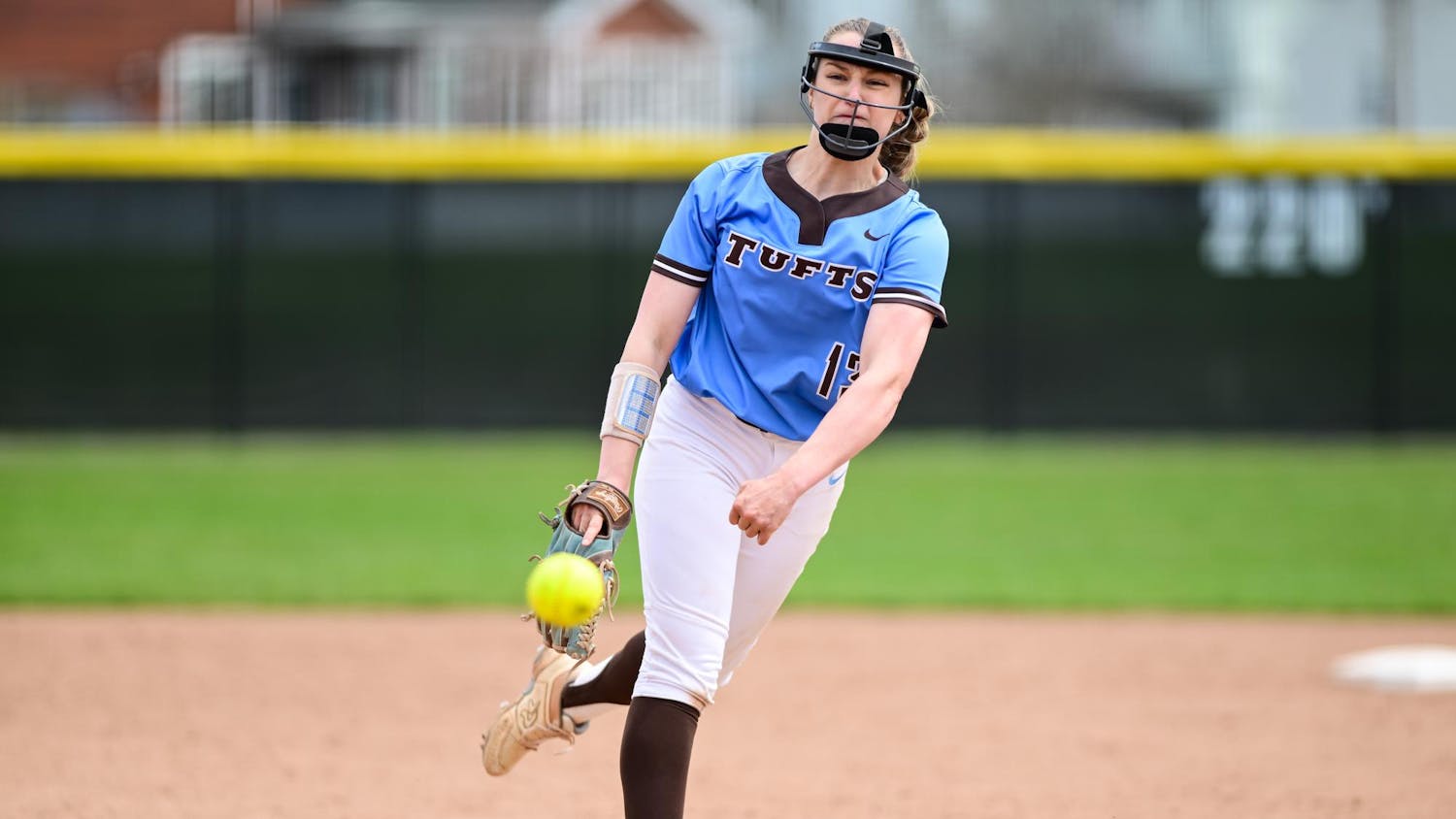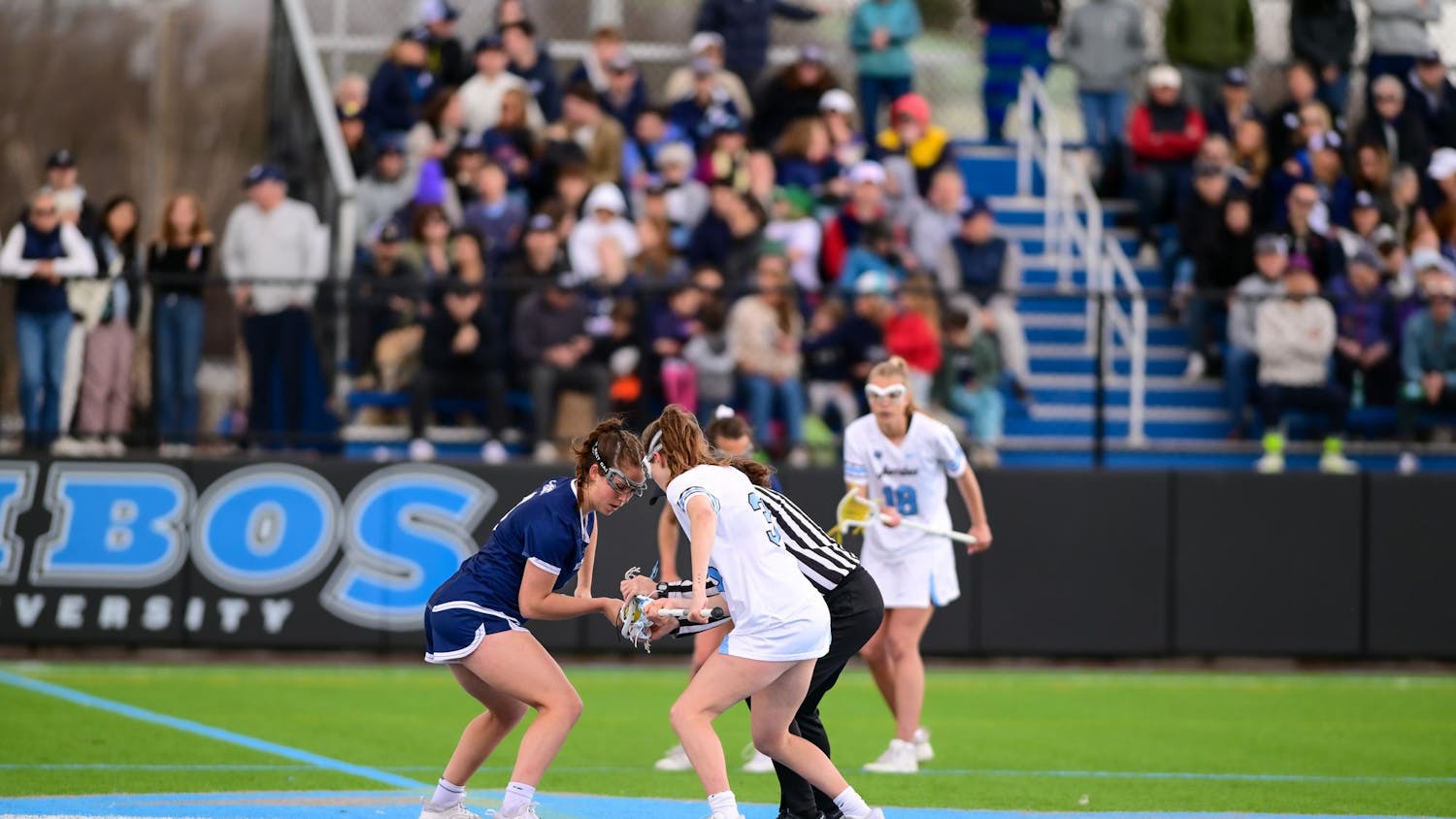The San Diego Padres have been one of the most active teams this offseason. After trading for Matt Kemp, Justin Upton, Wil Myers, Derek Norris and Will Middlebrooks, they signed righty James Shields two weeks ago to a four-year, $75 million deal. These moves have led some to believe the Padres are now a contender -- but we still have to be cautious.
The Padres finished 77-85 last year. Alexi Amarista has the highest Wins Above Replacement (WAR) stat of any returning Padre, with a 0.9 WAR in 2014, according to FanGraphs. As a frame of reference, there were 213 hitters last year with a WAR of at least 1.0.
While the pitching side is a bit more promising, this is a team that will need more than just a few pieces to do very well this season. But if the players themselves merit the good deals the Padres got for them, perhaps the Padres will have enough to squeeze by. As the Giants and Royals showed this past year, getting in as the second wild card team (with 88 and 89 wins respectively) can lead to a very memorable playoff run. There is enough randomness in the baseball playoffs that maybe the Padres just need to shoot for 88 wins.
Since the team got rid of some key contributors from last year, such as Rene Rivera, Chase Headley, Seth Smith and Yasmani Grandal, the Padres likely need their new acquisitions to add more than 15 wins to make the playoffs. Keep in mind this is assuming everyone else on the team plays as well as last season, which, though possible, is not a given.
So this begs the question: Can these players be expected to contribute 15 wins to just barely make the playoffs? Basing projected performance on two of the top publicly available projection systems, Steamer and PECOTA, the short answer is no. Steamer estimates the new players will contribute 13.2 wins combined, while PECOTA more optimistically estimates 14.1. It is important to note that projection systems predict the most expected outcome, or the 50th percentile expected performance of the range of possible outcomes for a player. It is possible that any or all of these players will produce more than these estimates predict.
For example, according to Zach Levine of Baseball Prospectus, nine of the key contributors for the Red Sox in 2013 played at their 70th percentile expected performance (by PECOTA) or higher. This led to the team outperforming its projected performance by more than 20 wins and taking a World Series championship.
This is an outlier result, though, and one of the largest gaps between projection and actual performance in recent memory. Additionally, that 2013 season was sandwiched between two of the least lucky seasons a team has had in major league history (2012 Red Sox and 2014 Red Sox), and should not apply to a 2014 Padres team that was just bad, not unlucky.
The Padres should not be expected to outperform these projections overall. PECOTA specifically is bullish on the Padres’ three outfield acquisitions, Justin Upton (a 3.6 expected WAR player), Matt Kemp (3.1) and Wil Myers (3.0). The large problem with these projections is that these three outfielders are not as strong defensively as they are offensively, and defensive metrics tend to be less reliable than offensive metrics, since there is more noise involved.
Offensive metrics are controlled by the batter; he can put the ball in play, hard or soft, on the ground or in the air. Depending on how hard he hits the ball and where he hits it, the batter will have more or less favorable offensive metrics. On the other hand, defensive metrics are based on a combination of skill and positioning. If a batter happens to hit a ball in the perfect spot at the perfect speed, it does not matter how amazing a player's range is in the outfield. Fielding metrics, therefore, take a lot longer to stabilize for individual players. For this reason, projection systems tend to regress poor fielding performances more towards the mean (i.e. they predict players will be closer to the middle in defensive performance) than poor offensive performance, since fielding is often misrepresented in the data. This means that bad fielding performance is often overlooked, to an extent, by projection systems.
Additionally, the fact that all three of these outfielders are below the major league average likely makes these projections even more optimistic. Defense in the outfield is a combined effort, and no combined bad performance can be entirely captured in individual-level defensive metrics. The interaction between three bad outfielders will probably hurt the team more than Steamer and PECOTA expect as well.
FanGraphs projects the Padres to finish with 80 wins (Steamer-based), and Baseball Prospectus projects 84 (PECOTA-based). It is easy to remember successful quick rebuilding stories like the 2013 Red Sox and project them onto possibilities for the Padres. However, for every 2013 Red Sox, there is a 2012 Miami Marlins or a 2013 Toronto Blue Jays. Teams sometimes decide to put all of their chips in the pot, and this often just leads to a bust. It is important to remember that going big could also mean going home, and that making flashy moves does not automatically materialize into actual success. While some think the Padres have done enough to do well now, the data suggests otherwise.
Go big AND go home: Why the Padres' busy offseason does not mean much

The Padres are betting big that outfielder Matt Kemp can return to his former All-Star form.





